Today, I'd like to introduce you to ABB's DCS systems.
ABB's DCS systems mainly include the following types:
ABB Ability System 800xA
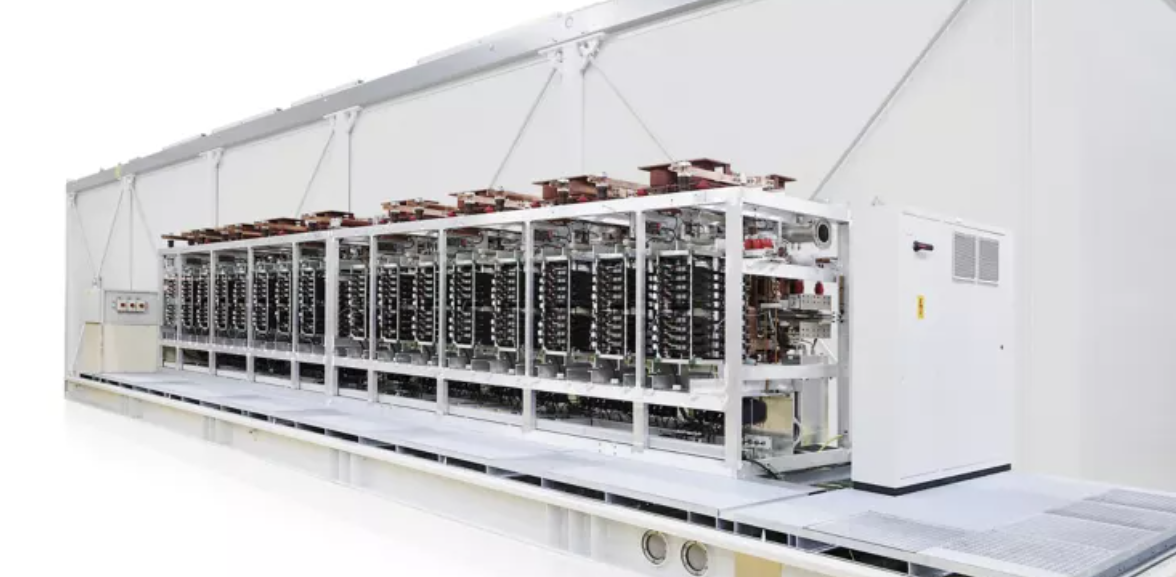 |
|
Overview: It is a modern collaborative process automation platform. It is not only a Distributed Control System (DCS), but also integrates functions such as Electrical Control and Monitoring (ECS), Safety Instrumented System (SIS), and modular automation orchestration. There are 10,000 installed systems in more than 100 countries around the world, monitoring over 50 million tags, which has helped ABB remain the global leader among DCS suppliers for more than a decade.
System Architecture: It includes a built-in network that provides a secure and reliable network for industrial applications; certified hardware; multi-system integration function, which enables an enterprise-level overview of multiple production sites. It supports server node virtualization to reduce hardware costs. With the application of aspect object technology, all the required information can be obtained with just a mouse click.
Functional Features:
Operator Interface: It includes a conventional predefined large operator workspace, process graphics, and embedded trends; the Extended Operator Workspace (EOW) has a better ergonomic design, integrating light and sound, as well as advanced process graphics or real-time video extensions. It has high-performance graphics that provide intuitive graphical solutions, improving the situational awareness of the process and facilitating quick process handling. It supports embedded video, which improves decision-making support and situational awareness through the built-in video system.
Alarm Management: It has a built-in alarm management function with additional functions such as alarm grouping, hold, analysis, and help.
Engineering System: The Control Builder software is an engineering tool used to configure the control and safety of AC 800M, which complies with the IEC 61131 standard. There is also a Graphics Builder for defining and enhancing graphic elements. All engineering tools are embedded in the engineering workspace.
Asset Management: It provides comprehensive condition monitoring to ensure the availability of the plant and supports predictive maintenance strategies. The maintenance workspace provides a single user interface for the maintenance department for all maintenance operations.
ABB Ability Symphony Plus
Overview: It is a simple, scalable, seamless, and secure DCS with a flexible architecture, suitable for both centralized and geographically distributed applications. Its SDe series helps modernize existing process control system installations. Without interrupting operations, by retaining field wiring, terminal units, and module wiring, etc., it helps plant owners protect their investments in systems such as Symphony Harmony and INFI 90.
Functional Features:
I/O Modules: The SDe I/O series includes intelligent analog, HART, digital, and hybrid I/O modules, which have redundancy functions and can communicate with the superior controller through the local bus. These modules can be installed on the evolutionary mounting base of the Harmony Rack system, and are fully compatible with HR BRC410 and SD controllers, supporting horizontal or vertical installation on the DIN rail.
Hardware Compatibility: It is fully compatible with the SD series and supports the expansion of the SD system using the latest technology, I/O hardware, and software, providing higher performance, reliability, and capacity.
Freelance
Overview: It combines the advantages of DCS and PLC. It has the small size of a PLC and all the functions of a DCS.
System Architecture: It includes the operator level and the process level. The operator level includes functions such as operation, process monitoring, archiving and recording, trends, and alarms, and runs in a simple PC environment based on Windows, supporting dual-monitor operation. The process level consists of one or more AC 700F, AC 800F, or AC 900F controllers, which can be connected to the Freelance control network via Ethernet and can be configured as a standard or fully redundant system.
Functional Features:
Scalability: The system structure is scalable and can easily expand from a small system with a small number of I/O points to a large system with thousands of I/O points, with minimal engineering effort required for the expansion.
Reliability: This technology has been verified through years of industrial applications and meets the highest availability requirements. The hardware can achieve redundancy at all levels, including redundant fieldbus modules, redundant fieldbus lines, as well as network and controller redundancy
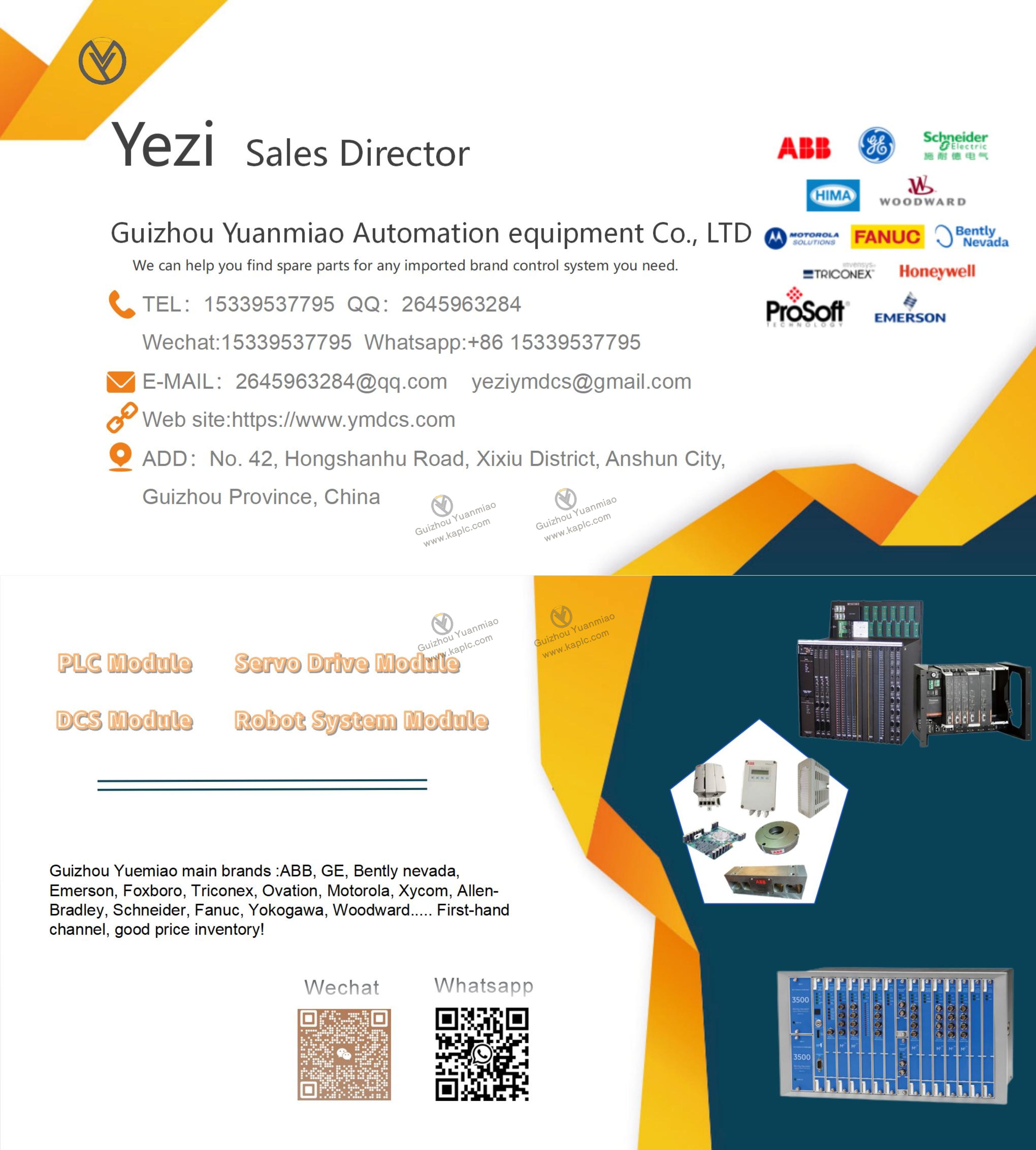
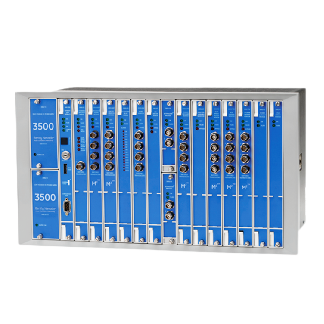 Bentley 3500 series module sup
Bentley 3500 series module sup
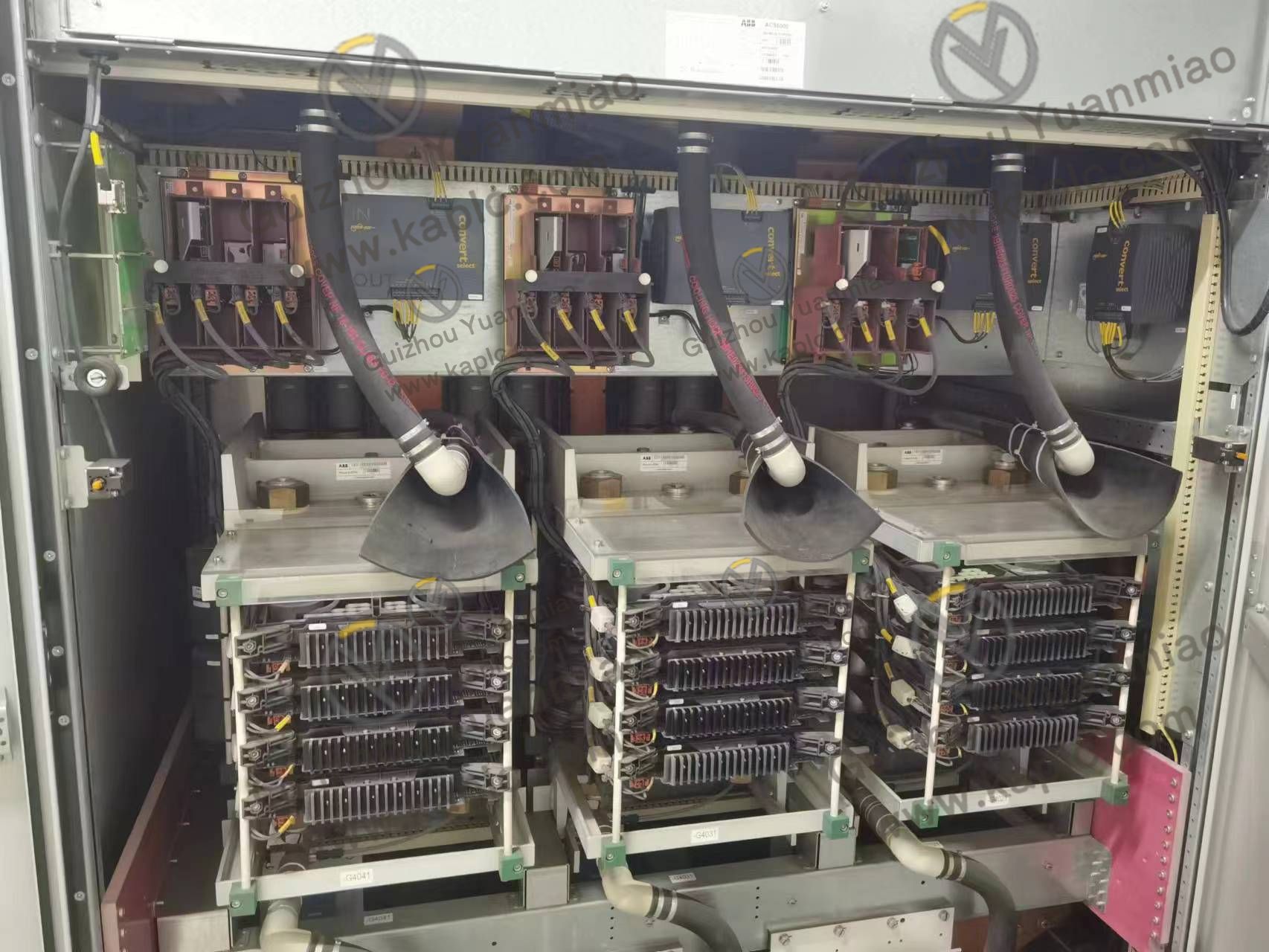 ABB module supplier Guizhou Yu
ABB module supplier Guizhou Yu
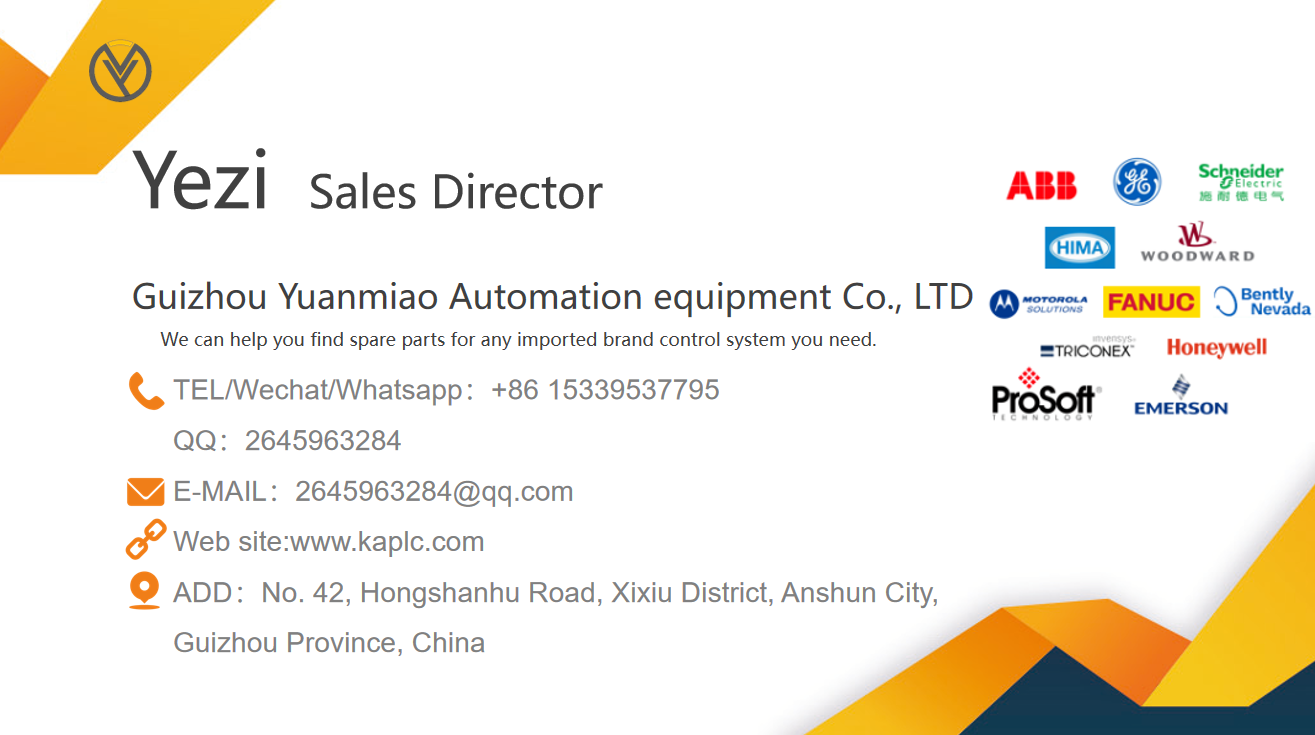 ABB supplier
ABB supplier
 A6500-RC
A6500-RC



 |
|